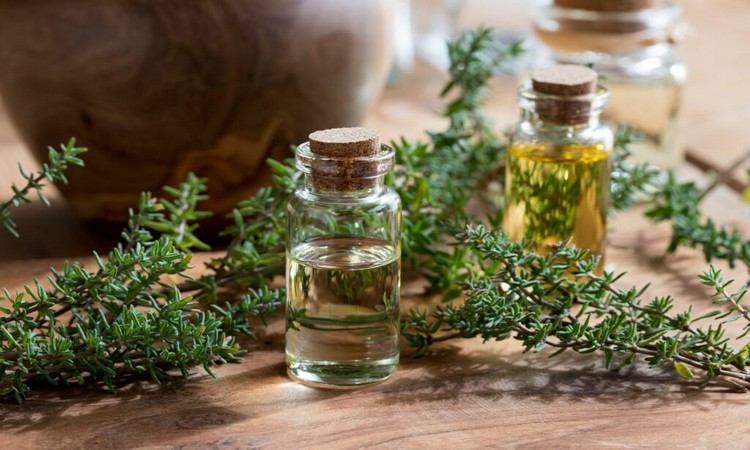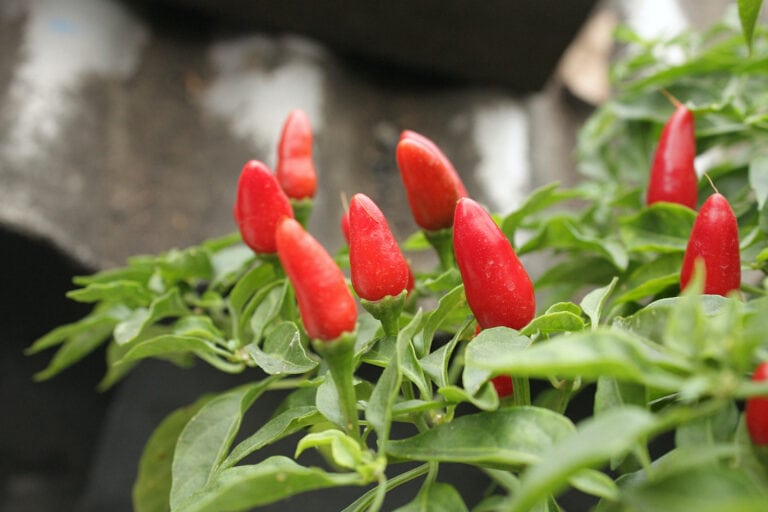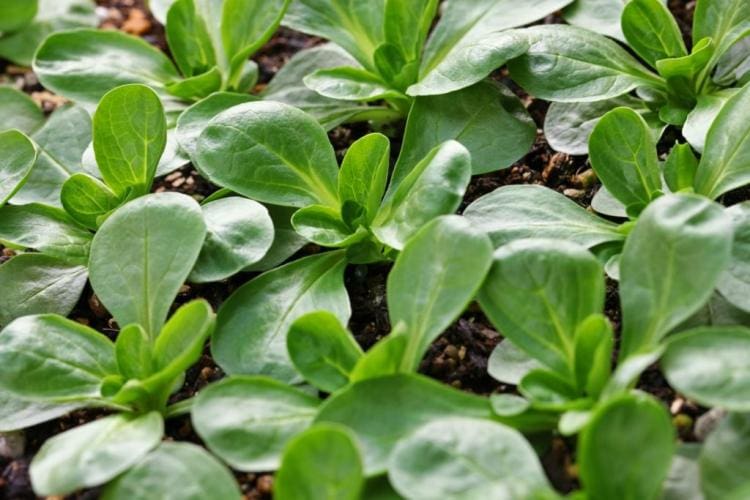Rhododendron Bloombux Repotting: Expert Tips
The Bloombux is the ideal alternative to boxwood. We show what you should consider when planting and repotting Rhododendron Bloombux.
A popular novelty among the rhododendron species is the pale pink, slow-growing, and evergreen ‘Bloombux’, which can also be used to plant low hedges. Despite its small size and slow growth, it is also occasionally happy to be moved to a larger planter.
If the Rhododendron ‘Bloombux’ becomes too big for its pot, it should be planted in a larger one. Here you will find valuable tips on repotting and what materials you need for it.
Advantages of Bloombux: what makes it so special?
Table of Contents
The rhododendron ‘Bloombux’ is a compact and bushy growing cross between R. hirsutism and R. micranth . It is very suitable as a bed perennial but is often also kept as a flowering container plant. Since the evergreen Bloombux is very resistant to diseases and is not attacked by the box tree moth, it is a real alternative to the box ( Buxus sempervirens ). In summer, the hedge plant, which can be up to one meter high, is adorned with numerous pale pink flowers.
Materials required for repotting Bloombux
For repotting the perennial shrub you only need the following materials:
- A larger planter
- Suitable substrate
- Hand shovel
- Watering can
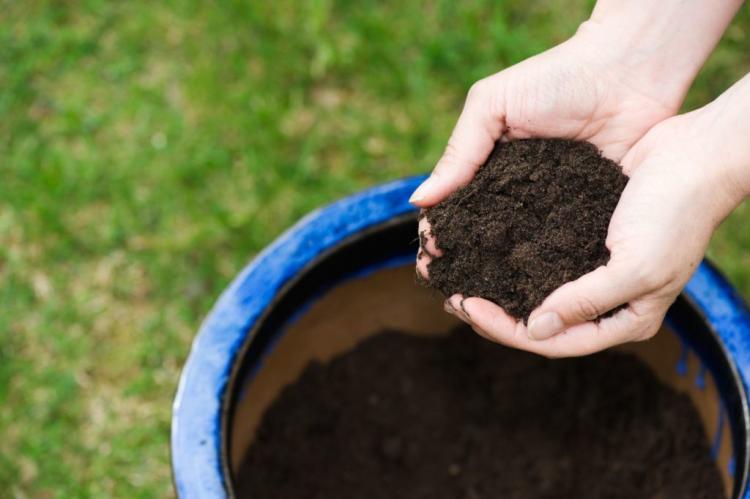
The new pot for the Bloombux should of course be a little bigger than the old one. However, if much larger vessels are used, the plant will take a long time to root through them. During this time, she, therefore, concentrates very much on forming roots, so that her ability to flower could suffer. It is better to put the Bloombux in a slightly larger pot about every two years and enjoy the splendor of flowers in summer. A drainage hole for excess water is particularly important with the new planter because the plant cannot tolerate waterlogging at all.
You might so like: Watering Bonsai: How Much And How Often To Water The Small Tree?
Procedure for repotting Bloombux
We have summarized below for you how to properly repot the slow-growing rhododendron and what you should pay attention to.
The right time to repot
The ‘Bloombux’ rhododendron should be repotted in spring at the beginning of the new shoot and the growth phase. Now the roots can grow particularly well and absorb many nutrients for lush flowering in summer. At the latest when the whole substrate of the pot has grown through with roots and they are already peeking out from below, it is repotted. Immediately after buying the Bloombux, we recommend moving it to a larger container, because these pots are usually already completely rooted.
The right substrate for the Bloombux
Although the Bloombux is a rhododendron species, it makes hardly any demands on its soil compared to its relatives. The box alternative also tolerates chalky and heavy soils but is particularly happy about airy, loose, and humus-rich substrates. For example, common potting soil can be used for repotting the small rhododendron. However, special soils are particularly suitable for rhododendrons or especially for Bloombux.
Prepare Bloombux before planting
Before repotting, the plant is carefully removed from the old pot. When the roots have taken on the shape of the old pot as a dense network, the root ball should be loosened up a little. This promotes root growth and rapid growth in the new pot. To do this, simply cut the root ball all around with a knife or secateurs and loosen it with your hands.
Plant Bloombux
The new pot is filled with a little crumbled substrate and lightly pressed so that the bare roots do not sit on the ground later. Now the plant is placed so deep in the new planter that the root ball is completely covered – but not deeper than before. Now it is generously filled with soil up to the edge and this is pressed lightly around the plant. This ensures that the roots are in direct contact with the new substrate. Here you should make sure that a pouring edge is created for later pouring on.
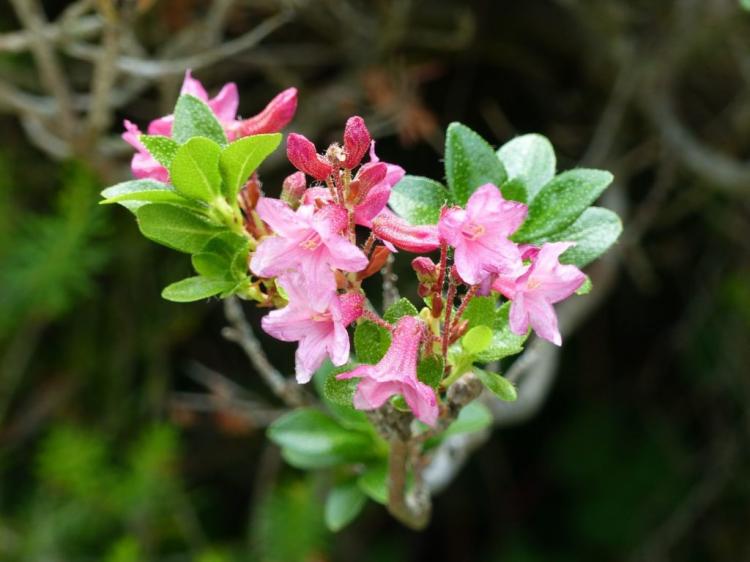
Maintain Bloombux after planting
It is very important to pour vigorously directly after repotting to wash the new substrate to the roots and to moisten the root ball. Then the Bloombux moves back to its regular place. After repotting, the Bloombux does not need any special care, only a sufficient water supply without waterlogging should be particularly important. Fertilization can be dispensed with entirely in the next few weeks, as there are enough nutrients in the new substrate.

